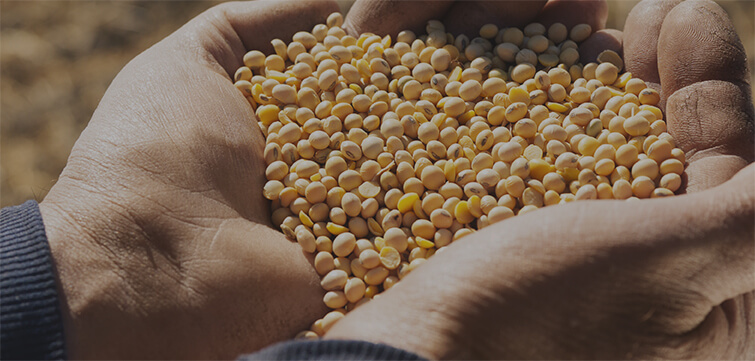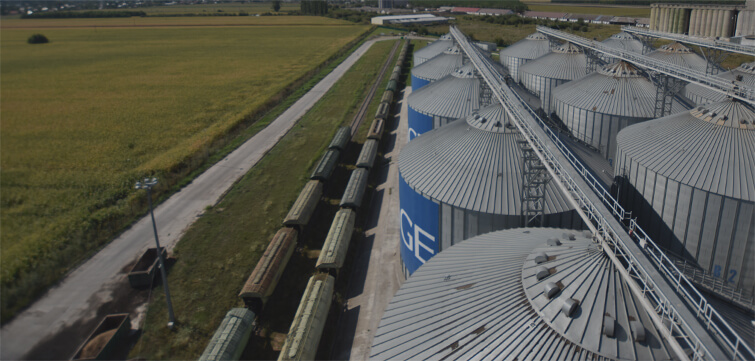Oilseeds
Oilseeds such as rapeseed, sunflower and soybean are the basis for a wide range of foods, animal feeds and other products.
Bunge provides vital links in the chain from producer to consumer by sourcing oilseeds and crushing them to produce vegetable oils and protein meals. These are used to produce animal feed, make cooking oils, margarine and shortening and in the biodiesel industry.
Sunflower
Sunflower is a traditional Romanian crop, with a high oil content, its main profitability being generated by the extracted oil, which is refined for producing edible oils, Bunge Romania being the local leader in the bottled oil business since 2000.
Sunflower meal represents the second vegetable protein resource in Romania, which can be used for completing the proteic need in the fodder hog recipes.
Sunflower hulls are used in the crushing plants as raw material for steam production.
In Romania, Bunge crushes sunflower in Buzau* and Lehliu. (Refined sunflower oil is produced in Buzau).
Soybeans
Soya is the world’s main protein source for animal feed, vegetable oil, human consumption, and raw material for the food, chemical and pharmaceutical industries.
From an agronomical point of view, soybeans are very important for the high quantity of nitrogen left in the soil (80-120 kg/ha) which leads to lower costs for the future crop (almost 150 euros/ha).
The European Union’s agricultural support programme provides encouragement for growing soybean, which leads to additional subsidies for farmers. Investments in crop technology for soybeans are lower compared to corn, rape or sunflower with obtained production similar or even higher than sunflower. Therefore, soybean is one of the most profitable crops in Romania.
Rapeseed
Rapeseed is a well-established crop in Romania, with a high oil content, its main profitability being generated by the extracted oil, which is either sold or used as raw material for producing biodiesel.
Romanian rapeseed production has reached a record level in 2017, with a sowed surface of over 600.000 hectars.
The meal obtained from rapeseed crush, if used in animal nutrition, has the potential of reducing animal greenhouse gas emissions up to 13% (methane and carbon dioxide).
In Romania, Bunge crushes rapeseed in Lehliu.



